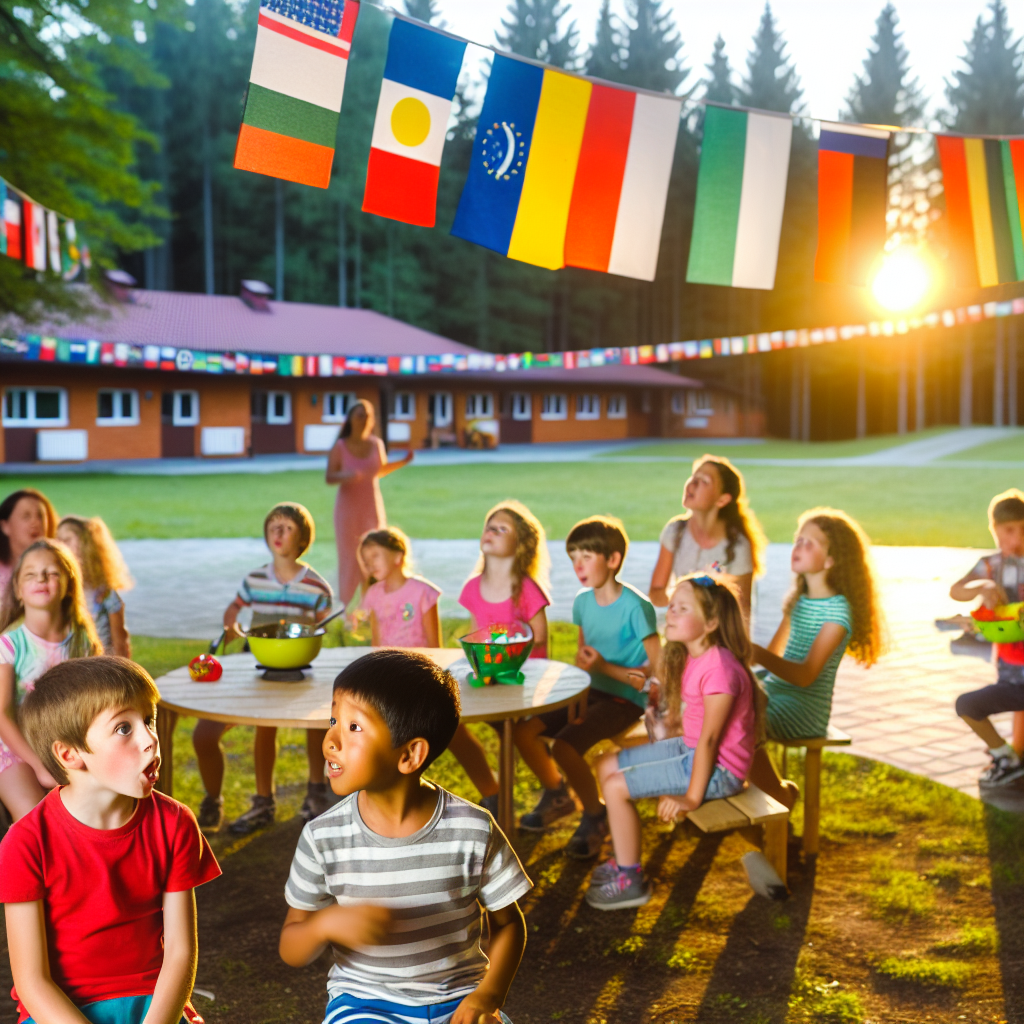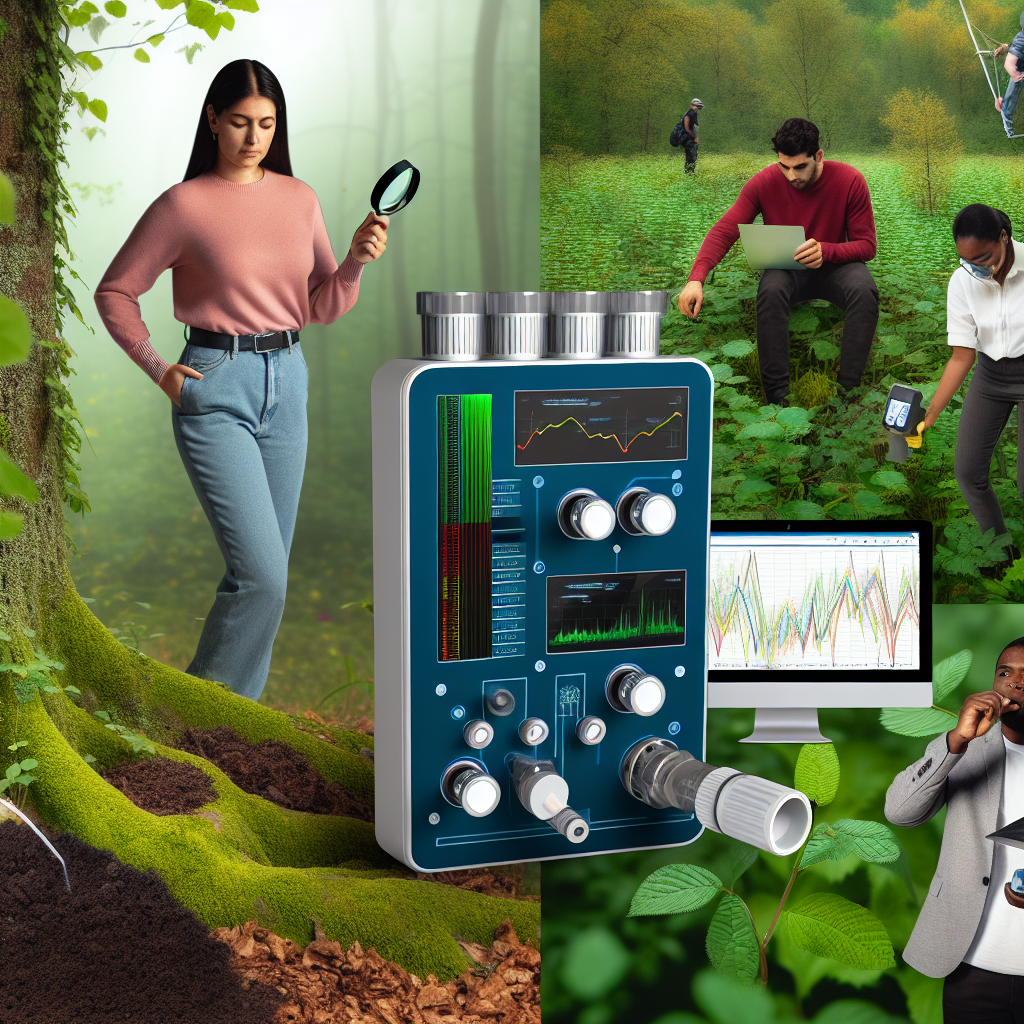Biorhythm-Synced Learning Programs: The Time-Science Approach to Elite Education
Elite education has long centered around curriculum innovation, individualized tutoring, and access to top-tier resources. However, in today’s era of **data-driven wellness** and **personalized learning**, a new frontier is emerging—one that syncs education to the internal rhythms of the student. This revolutionary approach is known as biorhythm-synced learning, and it could redefine what it means to offer the best education money can buy.
Leveraging the cutting-edge science of **chronobiology**—the study of how time affects our biological functions—these programs tailor educational delivery to match a child’s internal clock. Research shows that **cognitive performance**, **emotional regulation**, and **focus** operate on predictable internal cycles known as circadian rhythms and ultradian rhythms. By aligning lesson plans with these natural cycles, educators can unlock student potential more organically and more effectively than ever before.
Despite the longstanding reliance on standardized schedules, studies now show rigid school start times and uniform lesson pacing may create a phenomenon called “social jetlag”—a mismatch between biological readiness and academic demand. This misalignment can lead to fatigue, reduced retention, and heightened stress.
In response, an elite few schools and private consultants are now designing programs that align learning with each student’s chronotype—their individual timing for peak cognitive function. At KidLuxury.com, we define true luxury not by price tags, but by bespoke design, health-centric personalization, and lasting value. In this light, biorhythm-synced learning is the luxury education model for the future.
Backed by wearable technology, AI-powered analytics, and elite consulting, high-net-worth families now have the tools to provide their children with peak learning environments—tailored by time itself.
Unlocking the Science of Time: Why Biorhythm-Based Education Works
Biorhythm-based learning stems from deep insights in chronobiology, a field exploring how internal timekeepers in the brain and body govern vital functions such as sleep cycles, hormone secretion, temperature regulation, and attention spans.
According to the National Institutes of Health, “Circadian rhythms are physical, mental, and behavioral changes that follow a 24-hour cycle,” typically synchronized by light exposure. These influence a child’s ability to pay attention, process new material, regulate emotion, and recall information. Disrupting these rhythms through force-fitted school schedules can interfere with neurodevelopment and learning.
Children generally fall into three chronotypes: morning-lark, neutral, or night-owl. A 2016 study in Personality and Individual Differences found that morning-oriented children thrive in earlier school hours, while night-oriented children perform better in the afternoon and evening.
Most concerning is the phenomenon of “social jetlag,” unveiled in a key study led by Dr. Till Roenneberg at the University of Munich’s Chronobiology Centre. This term refers to the chronic misalignment between the body’s biological rhythm and imposed societal schedules. The findings revealed correlations to weakened academic performance, emotional burnout, and even a predisposition to obesity.
Armed with this scientific backing, it becomes evident that syncing learning with personalized biorhythms is not just a trend—it’s a necessity for the next generation of exceptional learners.
Elite Features of the Biorhythm-Synced Learning Model
Modern elite education systems are rapidly evolving to embed biorhythm science into everyday instruction. Leading strategies now include:
- Time-Adaptive School Days: Classes are scheduled to match each student’s unique time-of-day strengths, placing math, science, or foreign languages into biologically optimal performance windows.
- AI-Powered Schedules: Artificial intelligence processes data from sleep patterns, mood trackers, and biometric feedback to plan workloads and pace assignments based on each learner’s “ready” state.
- Ultradian Rhythm Breaks: The brain operates in 90–120 min energy waves. Breaks scheduled around these natural peaks and dips enhance retention, reduce cognitive overload, and foster healthier attention cycles.
- Light-Aligned Learning Environments: Circadian lighting systems and smart blinds change color temperature and brightness to imitate natural light, regulating melatonin and cortisol levels for alertness and calm.
Elite families are collaborating with experts including pediatric sleep scientists, certified chronobiologists, and human potential strategists to craft bespoke educational blueprints. Innovators such as Rise Science, along with wearable devices like Oura Ring and Whoop, offer a tech-driven edge—monitoring everything from sleep debt to HRV and readiness scores to tailor each school day dynamically.
Time Well Spent: Emotional and Academic Benefits
The advantages of biorhythm-synced education go far beyond GPA boosts or standardized test scores. When students learn in harmony with their own biology, they experience:
- Enhanced engagement: Learning becomes more intuitive, reducing the need for pushing or prompting.
- Lowered emotional stress: By avoiding peak fatigue phases, children remain calm, collected and more emotionally resilient.
- Improved memory retention: Lessons taught during optimal cognitive windows are stored more effectively and last longer.
- Stronger emotional intelligence: When students are rested and hormonally balanced, they react with greater empathy and control.
This alignment also induces a **growth mindset**, where learning is seen as exciting rather than exhausting, and school becomes an experience designed for *them*. For elite learners bound for leadership, innovation, or creative excellence, this whole-person support is invaluable.
The Future of Timely Excellence in Elite Education
In a world where time is the ultimate luxury, learning aligned with personal biorhythms represents the next frontier in elite childhood development. The traditional one-size-fits-all school model is fast making way for tunable, time-fluid learning environments where every hour is maximized—not by pressure, but by precision.
As AI and biometric technologies continue to evolve, the potential to personalize education down to the hour—and eventually the minute—unfolds like never before. Children taught in flow with their natural rhythms become more than high achievers—they become holistically balanced, mentally agile, and emotionally fortified individuals.
For visionary families ready to move beyond legacy status symbols toward legacy lifestyles, this is the model that redefines what it means to “invest in education.” With their biological clocks as guides, children can learn more…and live better.
Let’s synchronize success—not just by what we teach, but by when we teach it.
References
- NIH – Circadian Rhythms
- Roeser, K., Schlarb, A. A., & Kübler, A. (2016). The Chronotype-Academic Performance Relationship
- Roenneberg, T., et al. (2007). Social Jetlag and Obesity
- Rise Science
- Oura Ring
- Whoop
Ready to tailor your child’s education with time-tested science?
Discover the next era of aligned, inspired, and high-performance learning at KidLuxury.com.

Dominic E. is a passionate filmmaker navigating the exciting intersection of art and science. By day, he delves into the complexities of the human body as a full-time medical writer, meticulously translating intricate medical concepts into accessible and engaging narratives. By night, he explores the boundless realm of cinematic storytelling, crafting narratives that evoke emotion and challenge perspectives. Film Student and Full-time Medical Writer for ContentVendor.com




